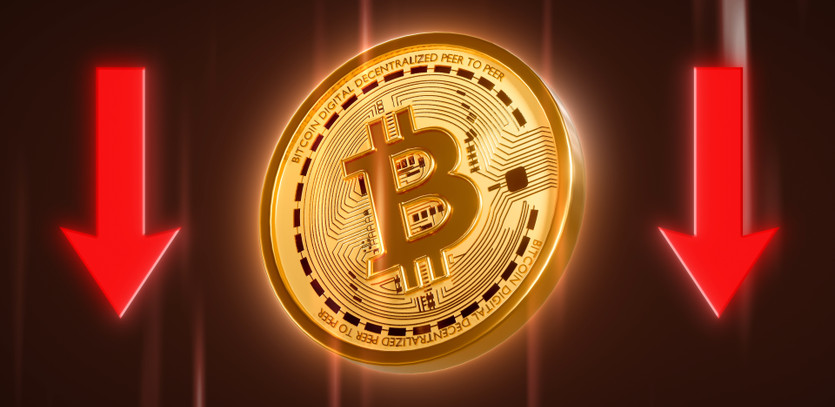Bitcoin's Bullish Momentum Takes a Pause
The positive upward thrust that helped Bitcoin (BTC) earn a 76% increase in value this year seems to have dissipated as of July 24, when Bitcoin's price dipped below $29,000. This price downturn in Bitcoin market has led many market observers to issue a warning that Bitcoin could still plunge down to a $19,000 mark, potentially stirring the market extensively. Now, let's delve deeper into the elements influencing Bitcoin's current market situation.
Fed's Interest Rate Decisions and its Impact on Crypto
When the Federal Reserve paused its rate hikes on June 14th, the crypto market momentarily swung positive. However, Federal Reserve Chairman, Jerome Powell has repeatedly stated his commitment to curb inflation, hinting at the possibility of reviving the interest rate hikes if necessary. The conclusive session of the next Federal Open Markets Committee (FOMC) is due on July 26, and market participants are seemingly convinced of an impending rate hike by the Federal Reserve. As of July 24th, CME's FedWatch tool projects a staggering 98.9% market expectation of a forthcoming rate increase.

Most prominent banks have predicted a likely sharp recession in the U.S. by 2023. As per an analysis by the U.S. Bank that integrates over 1,000 data points, the investor perceptions about the current economic climate are profoundly gloomy.
The Influence of Bitcoin Whales on the Market
Bitcoin's price drop coincides with a surge in large investors depositing funds into centralized exchanges. As of July 24th, the inflow of Bitcoin from large investors, commonly called 'whales', into exchanges soared to a one-year high, constituting over 40% of the total volume. However, the amount of Bitcoin flowing out from exchanges has to be considered too to gain a complete picture of whale movement.
Following this, when the amount of outflow is deducted from the inflow, we can more accurately measure the total net flow of Bitcoin within exchanges. Over June and July, the net daily flow of Bitcoin from whales to exchanges ranged between a positive 4,000 to 6,500 BTC. A heightened net inflow to centralized exchanges could signify enhanced selling pressure and further depress Bitcoin's price.
The Ongoing US Regulatory Crackdown and its Effect on Crypto
Despite the increased institutional interest in Bitcoin, the regulatory stance of U.S. authorities remains a gray area. With the surge in regulatory actions, some market experts are apprehensive that this may be a renewed push for the Operation Chokepoint 2.0 initiative, which intends to limit accessibility to all digital currencies. Even though the SEC failed to win its lawsuit against Ripple (XRP), it is seemingly actively preparing to challenge the ruling.
While some U.S. lawmakers demand clarity on the SEC Chairman's take on cryptocurrencies, he has proposed a budget increase of over $2.4 billion to target "non-compliance". While the U.S. House of Representatives and Senate have released initial drafts on digital assets, feedback from crypto associations has been mixed.
The Potential for a Bitcoin Price Reversal
Despite the short-term uncertainties rattling the crypto market, institutional investors' outlook for the long-term remains largely unchanged. In fact, major institutions are pushing for Bitcoin financial products that could potentially reignite a bullish trend.
It is important to note that Bitcoin's price is heavily influenced by macroeconomic variables and is likely to continue being affected by factors such as regulatory actions and interest rate increases. In the grand scheme of things, market players do anticipate Bitcoin's price to bounce back, with more financial institutions apparently warming up to Bitcoin.




